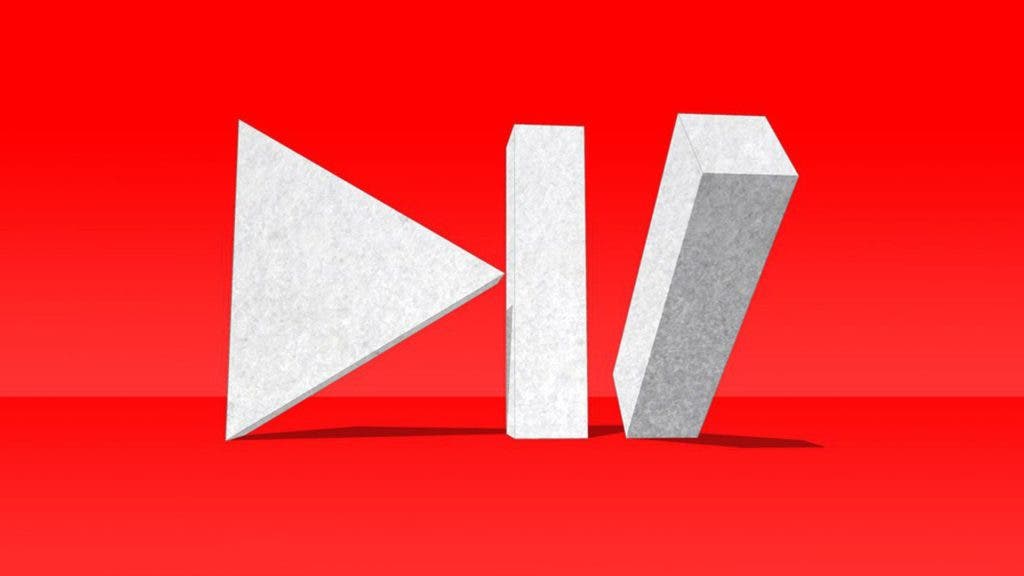
What makes people go crazy over videos of some dude singing Chocolate Rain or an infant getting his finger bitten by Charlie — again? Ever since social networks were invented, marketers have tried to find the secret sauce, the magic recipe that they can apply to turn a video into a viral sensation that can gather millions of hits within days.
Part of the answer lies in identifying psychological triggers that prompt people to hit that share button like crazy. Another part of that secret sauce might be nestled deep within the human brain.
Brian Knutson is a neuroscientist and professor of psychology at Stanford University. One day, he decided to track his smartphone usage. He knew already that he was spending way too much time mindlessly using his smartphone, but, to his surprise, he actually found that his phone usage was twice what he expected.
“In many of our lives, every day, there is often a gap between what we actually do and what we intend to do,” said Knutson in a press release. “We want to understand how and why people’s choices lead to unintended consequences – like wasting money or even time – and also whether processes that generate individual choice can tell us something about choices made by large groups of people.”
Knutson and colleagues scanned the brains of 36 participants using fMRI while they selected and watched various videos in order to see what goes on inside their brains when they decide whether to skip or watch a video to the end. The participants were also interviewed about their behavior like what made them skip a video over another.
Since the neural response to video content can be complex and changes over time, the researchers specifically focused on brain activity at the start and end of videos, as well as the average patterns of brain responses for each video.
Longer video views were associated with activity in the reward-sensitive regions of the brain while shorter video views were linked with activity in regions known to be involved in arousal or punishment, the results suggest.
However, when it came to predicting the behavior of others, brain activity alone could forecast the popularity (views/day) of each video.
During just the first four seconds of watching each video, heightened activity in the reward anticipating region of the brain was associated with a greater chance of popularity, whereas activity in the region associated with anticipating punishment forecasted decreased popularity.
Using brain data recorded during the process of making a decision to forecast how larger groups of individuals will respond when faced with the same choices is known as “neuroforecasting”.
“Here, we have a case where there is information contained in subjects’ brain activity that allows us to forecast the behavior of other, unrelated, people – but it’s not necessarily reflected in their self-reports or behavior,” explained Lester Tong, a graduate student in the Knutson lab. “One of the key takeaways here is that brain activity matters, and can even reveal hidden information.”
Previously, Knutson and colleagues investigated the neural mechanisms when people make emotional decisions such as online shopping, engaging in crowdfunding, as well as in the context of drug addiction.
These new findings suggest that brain data can be very important to uncover patterns that are otherwise hidden, complementing behavioral data.
“If we examine our subjects’ choices to watch the video or even their reported responses to the videos, they don’t tell us about the general response online. Only brain activity seems to forecast a video’s popularity on the internet,” explained Knutson.
The findings appeared in the Proceedings of the National Academy of Sciences.









